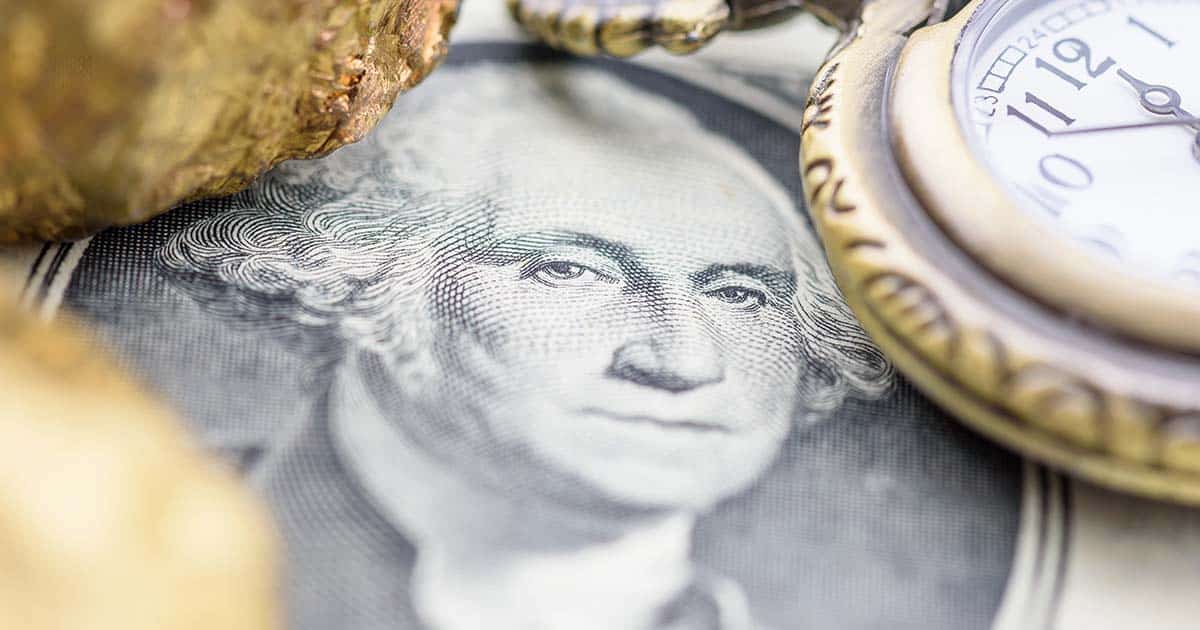
COMEX, short for the Commodity Exchange, is one of the primary futures and options exchanges for trading precious metals, including gold, silver, copper, and other commodities. It was established in 1933 as the New York Mercantile Exchange (NYMEX) and later merged with the Commodity Exchange Inc. (COMEX) in 1994, forming what is now known as the CME (Chicago Mercantile Exchange) Group.
COMEX emerged from the consolidation of four smaller exchanges located in New York: the National Metal Exchange, the Rubber Exchange of New York, the National Raw Silk Exchange, and the New York Hide Exchange. This merger laid the foundation for what would become the primary marketplace for silver and gold futures. COMEX operates out of the World Financial Center in Manhattan.
The History of COMEX
COMEX’s history traces back to the need for a centralized marketplace where producers, consumers, and investors could hedge against price fluctuations in commodities like metals. By providing a platform for standardized contracts for future delivery, COMEX facilitates price discovery and risk management for participants in the precious metals markets.
The climactic moment in COMEX’s history came with its merger with the New York Mercantile Exchange (NYMEX) in 1994, forming the largest physical futures trading exchange globally. This union solidified COMEX’s position as a leading hub for commodities trading, particularly in precious metals like silver and gold. Today, the merged entity continues to operate under the name COMEX, maintaining its status as a key player in the commodities market.
What is the CME Group?
The CME Group is a derivatives marketplace. It operates several exchanges where various financial products, including futures and options contracts, are traded. The name “CME” originally stood for the Chicago Mercantile Exchange, but it evolved into the CME Group following a series of mergers and acquisitions.
The CME Group was formed in 2007 by merging with the Chicago Mercantile Exchange (CME) and the Chicago Board of Trade (CBOT). Later that year, it acquired the New York Mercantile Exchange (NYMEX), which includes the Commodity Exchange (COMEX), and then COMEX merged with NYMEX in 2008 to form the CME Group.
The CME Group operates several exchanges, including the Chicago Mercantile Exchange (CME), the Chicago Board of Trade (CBOT), the New York Mercantile Exchange (NYMEX), and COMEX.
Why COMEX Matters to Investors
Investors pay close attention to COMEX prices as they serve as benchmarks for global metal prices and are used in the valuation of various financial products and investments. For example, the prices set on COMEX influence the prices of physical bullion, mining stocks, and exchange-traded funds (ETFs) tracking metal prices. Additionally, COMEX futures contracts are actively traded by investors seeking to speculate on future price movements or hedge their exposure to metal prices.
COMEX Contracts
COMEX contracts are financial agreements that allow investors to buy or sell commodities, such as gold, silver, copper, and other metals, at a predetermined price on a future date. These contracts are standardized, meaning they specify the quantity and quality of the commodity being traded, as well as the delivery terms and settlement procedures.
There are different types of COMEX contracts:
- Futures Contracts: These contracts obligate the buyer to purchase and the seller to deliver a specified quantity of the commodity at a predetermined price and date in the future. Investors and businesses widely use futures contracts to hedge against price fluctuations and manage risk.
- Options Contracts: Options give the holder the right, but not the obligation, to buy or sell a commodity at a predetermined price (strike price) on or before a specified expiration date. Options allow investors to profit from price movements without committing to a futures contract.
Are There Counterparty Risks?
Like other investment types, there are counterparty risks associated with trading COMEX contracts. Counterparty risk refers to the possibility that one party to the contract may default on their obligations, leading to financial losses for the other party.
It is important to understand that COMEX acts as a clearinghouse, but it does not actually hold any of the commodities. Additionally, if everyone wanted to complete their contracts at the same time, they could not fulfill them.
In the context of COMEX contracts:
- Default Risk: If one party fails to meet its obligations under the contract, the other party may incur losses. For example, if a seller fails to deliver the agreed-upon quantity of metal, the buyer may suffer financial losses.
- Clearinghouse Risk: COMEX contracts are typically cleared through a clearinghouse, which acts as an intermediary between buyers and sellers, guaranteeing the performance of trades. However, there is still a risk that the clearinghouse may encounter financial difficulties or fail to fulfill its obligations.
- Market Risk: While not strictly counterparty risk, fluctuations in commodity prices can also impact the value of COMEX contracts. Investors may face losses if the market moves against their positions.
To mitigate counterparty risks, market participants use risk management strategies such as diversification, monitoring counterparties’ creditworthiness, and using derivative instruments like options to hedge positions. Additionally, regulatory authorities impose regulations and requirements on market participants and clearinghouses to ensure the stability and integrity of futures markets.
COMEX is significant to investors because it provides a transparent marketplace for trading precious metals futures and options, facilitates price discovery, and is a crucial reference point for global metal prices.





